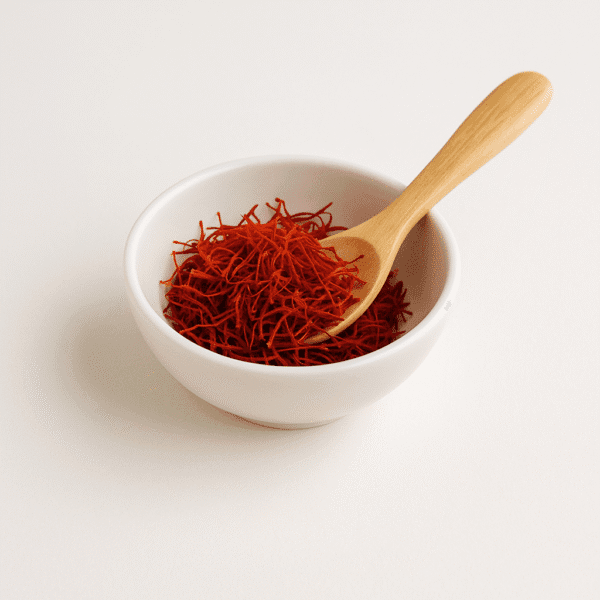 Can I use 10-year-old saffron?
Can I use 10-year-old saffron?
If you’ve discovered old saffron at the back of a cupboard, the issue is performance rather than safety. Over time, aroma compounds fade and color weakens, so even clean, dry threads can underdeliver. Here’s how to decide—fast—before you cook.
Quick answer
You can try it if it passes basic checks; just expect a milder result. For premium dishes where color and perfume matter, replacing old saffron is usually the smarter move.
3-step quality check
- Smell: open the jar. You want a clean, honey-floral scent—no musty, dusty, or damp notes.
- Look: threads should be deep red with orange tips; dull brown or very pale strands signal age and weak impact.
- Bloom test: crush a small pinch and soak in 2–3 tbsp warm water for 10–15 minutes. A vivid golden tint and bright aroma mean “usable”; a flat infusion means the old saffron won’t carry a dish.
When you can still use it
For everyday tea, simple pilaf, or home desserts, you can gently increase the dose and get acceptable results. Grind lightly, bloom first, and add the infusion near the end of cooking to protect what aroma remains.
When to replace
If the jar smells musty, the threads look tired, or the bloom stays pale, skip it. For paella, risotto, custards, or any recipe where presentation and fragrance matter, fresh stock outperforms old saffron every time.
Pro tips
- Grind a pinch with a little sugar or salt for even dispersion.
- Bloom 10–15 minutes; don’t boil the infusion.
- Add late in cooking, taste, then adjust salt and acidity.
- Label jars with purchase date and rotate yearly.
Before restocking, check current saffron prices and choose the grade that fits your recipes.
Takeaway
Test first, then decide. If old saffron blooms well, use it for simple dishes; if not, replace it to save time—and your recipe.


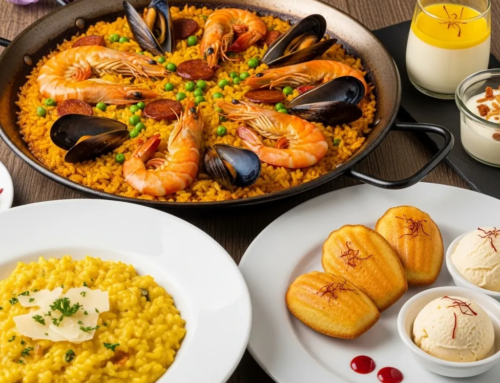
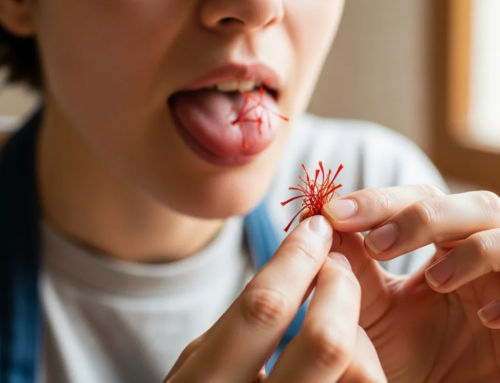
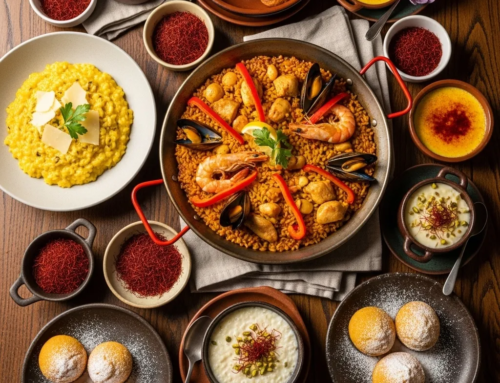
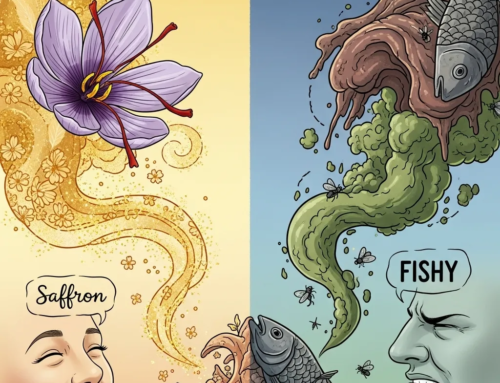
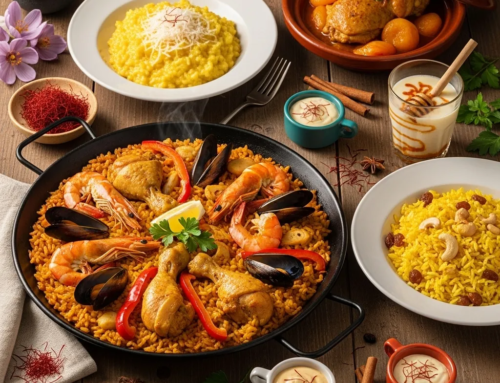
Get Social